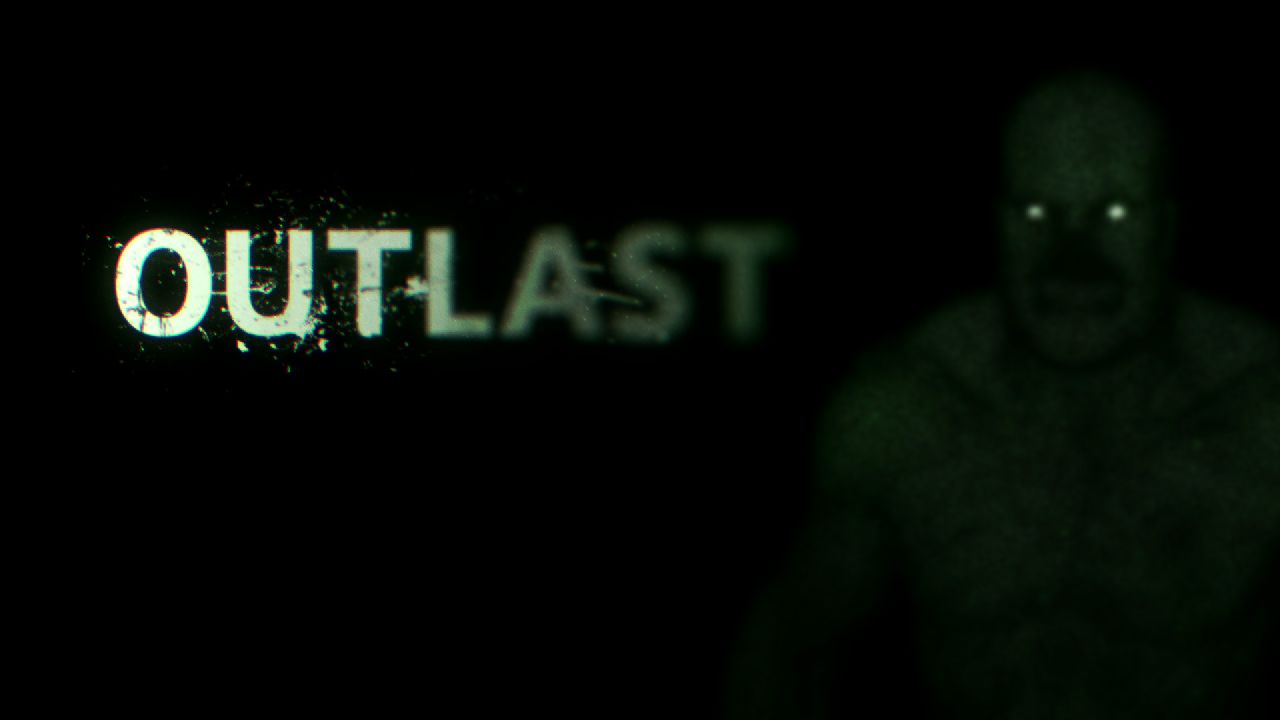
Drawn by an anonymous tip, you come to Mount Massive to investigate allegations that an unscrupulous corporation is doing horrible things to mental patients in the pursuit of profits. You move through Mount Massive in first person, and your weighty movements make you feel physically grounded in the environment. And what an environment it is. Mount Massive is supposed to be a place with a long, dark history, and as you make your way through it, you come to believe that it has been home to many horrors over the decades. You can almost feel the damp, moldy air infesting your lungs, and every shadowy room fills you with apprehension, since you never know when someone might be waiting to leap out at you.
There are plenty of effective jump scares in Outlast, but they don't feel cheap and opportunistic. The atmosphere of Mount Massive is so cohesive and so convincing that the horrors lying in wait for you feel right at home in its pervasive darkness. Luckily, you can penetrate that darkness with your trusty camcorder's night vision, which lets you see your immediate surroundings but doesn't make them feel any less terrifying, bathing objects in an artificial green glow and doing nothing to dispel the darkness.
Mount Massive's crumbling walls and bloodstained floors successfully create the illusion that you're in a once-functioning facility where unspeakable horrors have occurred, but the path you must take through the asylum is rigidly linear. You might occasionally venture off of your narrow route a bit to find batteries to power your camcorder's night vision or documents that shed a bit of light on what has taken place at the asylum, but you won't get far; there's only ever one way forward, and as you bump up against the game's restrictive nature, you're reminded that you're in a video game after all, one designed to usher you from one terrifying situation to the next.There's nothing wrong with that when the situations are effective, and in Outlast, they usually are. You're hunted through much of Mount Massive by a massive man who doesn't hesitate to rip your heart right out of your chest if he gets his hands on you. Seeing his silhouette in the darkness ahead or hearing his heavy footfalls somewhere nearby is enough to make your pulse quicken, since you know you have no recourse against him but to flee and to cower. When he does spot you--and he will--you can only run, hoping that you might shake him off by finding a locker to hide in or a bed to slide under. He's so threatening that in these situations, your own breathing might become as ragged as the shallow breathing of your character.
In the end, though, Outlast's few weak moments are overshadowed by the effectiveness with which it so often gets inside your head and scares the hell out of you. You sometimes end up feeling like you're just going through the motions the game requires you to go through, but when the ride is as well designed as this, the best thing to do is just get in and hold on tight.